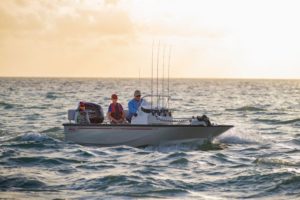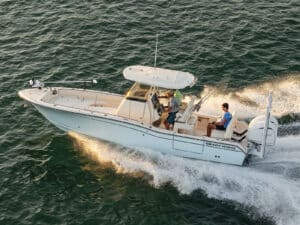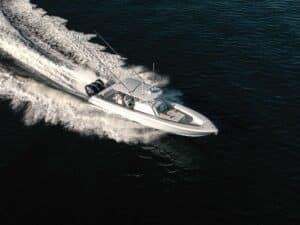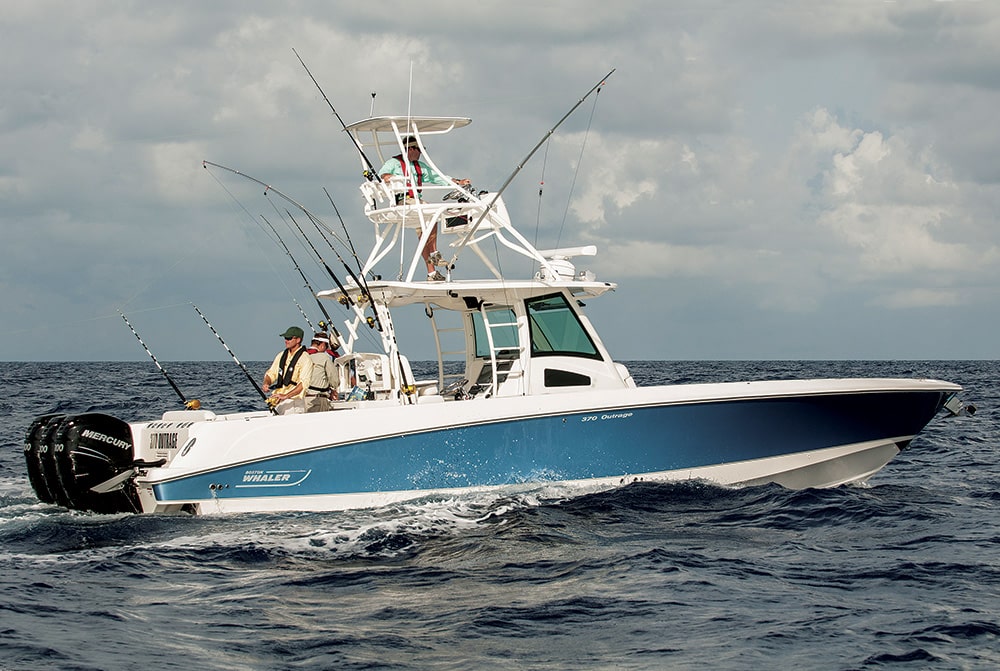
Some fishing techniques call for moving the boat in s-l-o-w motion, be it trolling with live ballyhoo for sailfish at the edge of the Gulf Stream, downrigger fishing for salmon in the Columbia River estuary or trolling live threadfins over a wreck for grouper and snapper.
Yet many of today’s saltwater fishing boats feature powerful marine engines and hulls designed to maximize speed and efficiency — the very antithesis of slow. Even with the engines at idle, some boats move too rapidly for effective slow-trolling techniques.
Don’t despair. Here are six ways to slow the pace, no matter what kind of boat you fish.
1. Shut Down Your Boat’s Engine(s)
If your boat has multiple outboards, shutting down one or more engines will allow you to drop speed. With triple outboards, for example, shutting down the center engine (or leaving it in neutral) will help you troll slower. If that’s not slow enough, use just the center outboard and turn off the two outside motors. With quad outboards, try running just two motors.
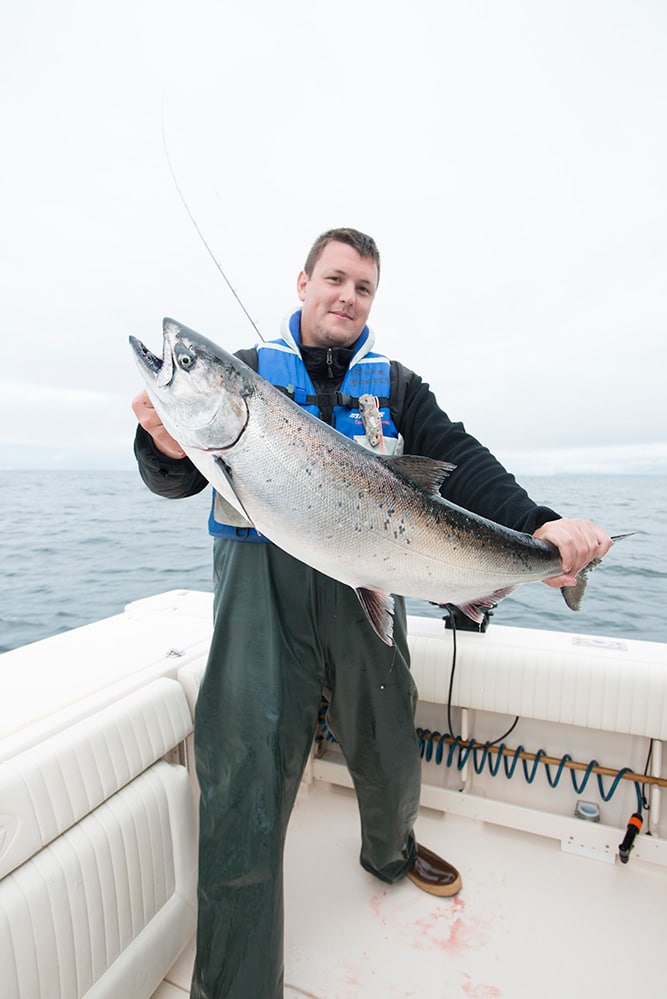
The same technique can work with twin outboards or diesel inboards by using just one engine. You will lose some measure of steerage, but you can re-engage the second engine once you hook up. This will allow for greater maneuverability when chasing a fish.
If you use this method, try to alternate between motors, with the idea of keeping the number of running hours approximately equal between the power plants.
2. Shifting Engines Out of Gear
To reduce speed even more, try shifting the engine(s) out of and back into gear. This trick works best when trolling with the current or wind, or when you want to keep baits and lures close to the bottom. It requires attention to the throttle and shift levers.
Capt. David Bacon showed me this technique as we trolled hoochie-squid lures behind 10- and 12-ounce sinkers while fishing for halibut off Santa Barbara, California. His Grady-White Atlantic 26, WaveWalker, powered by twin 200 hp Yamaha outboards, would not troll slowly enough to keep the lines from angling upward with the engines at dead idle. Yet by bumping the engines in and out of gear while trolling, he kept the sinkers bouncing on the ocean floor, where the halibut feed.
3. Using Drift Socks and Trolling Bags
Drift socks and trolling bags can also slow your trolling speed. Like parachutes, these devices increase drag, and that’s what reduces speed. Trolling bags offer more robust construction than do drift socks to withstand the additional pressure on the chute and straps from a moving boat, especially in rough seas.
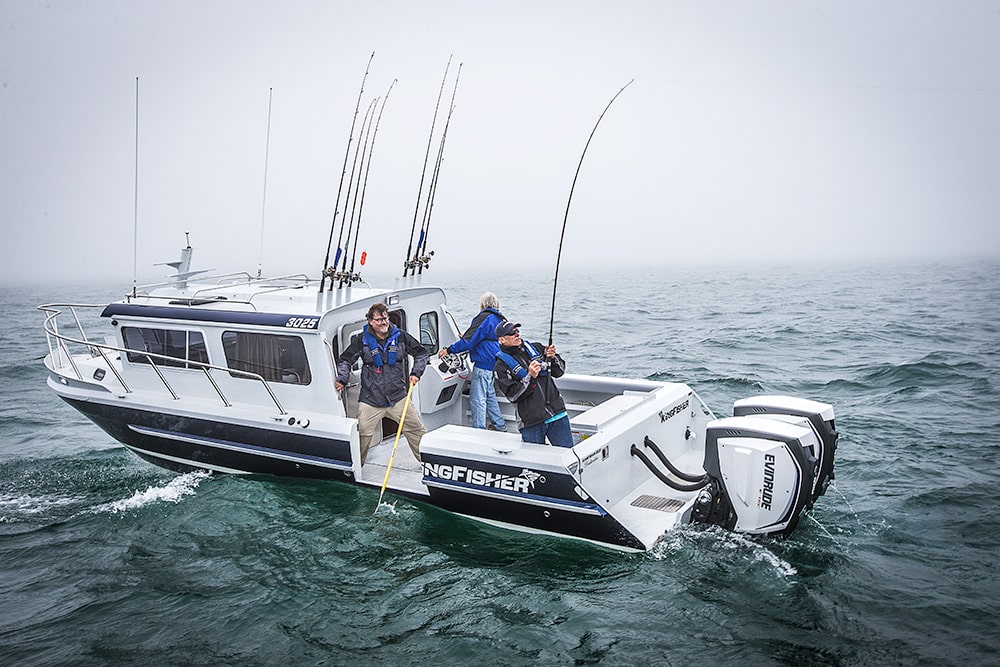
Make sure you use the appropriately sized model — one that’s large enough to effectively slow your boat. Amish Outfitters offers sizing information on its website for its trolling bags, known as Buggy Bags. Its 15- and 18-inch-diameter bags are recommended for boats up to 20 feet LOA; the 22-inch-diameter bag is for boats up to 24 feet; the 28-inch bag is for boats up to 30 feet; the 36-incher is for boats to 32 feet; and the 48-incher is for boats bigger than 32 feet.
Use a beefy line to secure the drift sock or trolling bag to the boat. Make sure the line or chute will not inadvertently tangle with the propellers, rudder or prop shaft. With this in mind, I secure the line to the bow cleat when slow-trolling. I make the line long enough for the trolling bag to trail under the hull and do its job, while also keeping it well clear of the transom and outboard propeller.
4. Benefits of an Auxiliary Outboard Engine
Think about an auxiliary outboard if you plan to slow-troll extensively and you have room on the transom. Many boating anglers in the Pacific Northwest use these so-called “kickers” in place of their main motors when slow-trolling for salmon.
Most auxiliary outboards in use range from 9.9 to 15 hp, and many are high-thrust models with special gear cases and props for additional oomph. These motors usually use the same fuel source as the main engines.
Some are tiller-steered motors, but many are equipped with adjustable tie-bar systems, from companies such as EZ-Steer, that connect to the main motor, allowing you to turn the kicker with the steering wheel at the helm.
Many kickers are mounted on special transom brackets, such as the Garelick stainless-steel outboard motor bracket, which lets you easily lower and raise the motor. An auxiliary outboard offers the additional advantage of helping you return to port — albeit at a very slow speed — should your main propulsion system fail for any reason.
5. Using an Electric Motor
While electric trolling motors are most often considered positioning tools for anglers, these motors also represent yet another means of trolling slowly, especially if you own one of the many bay boats equipped with a bow-mounted trolling motor.
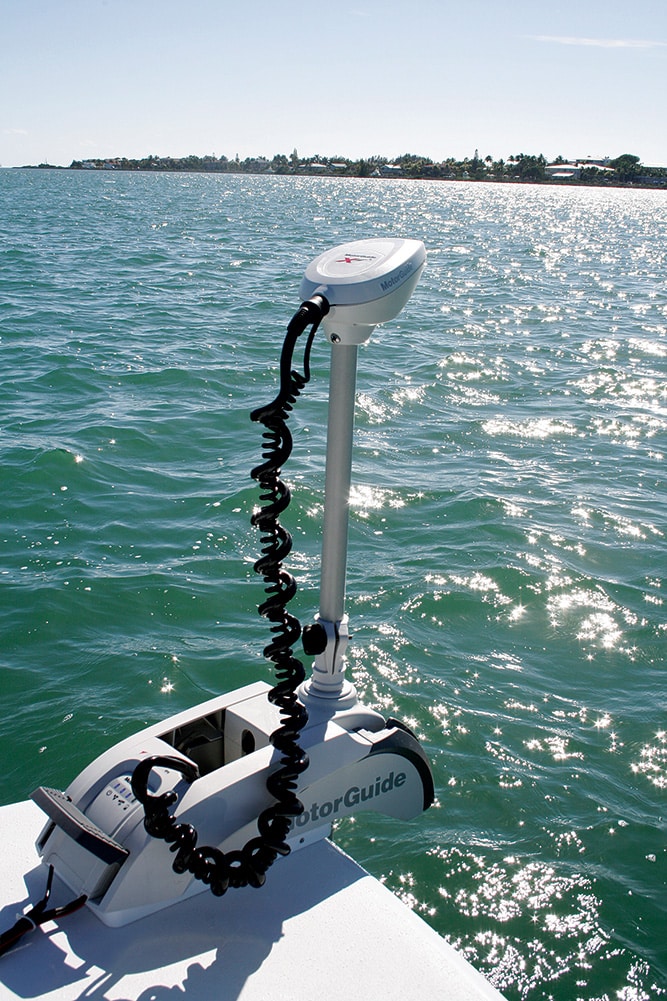
With a wide range of speeds, trolling motors are ideal for slow-trolling live baits for king mackerel, grouper and snapper over wrecks. Autopilot systems for electric trolling motors, such as Minn Kota’s Riptide Ulterra with GPS-guided iPilot or MotorGuide’s Xi5 with Pinpoint GPS, let you set the motor on a designated course for hands-free trolling.
One downside of actually trolling with these motors: Continually running the motor depletes your marine battery reserves more quickly than if you’re using them only for positioning.
6. Outboard Engines with Troll Mode
Outboards from brands such as Evinrude, Honda, Mercury, Suzuki and Yamaha are available with a feature that lets you adjust the revolutions per minute at slow speeds in relatively small increments — down to 10 rpm at a time, up to 1,000 rpm, with the Mercury system, for example.
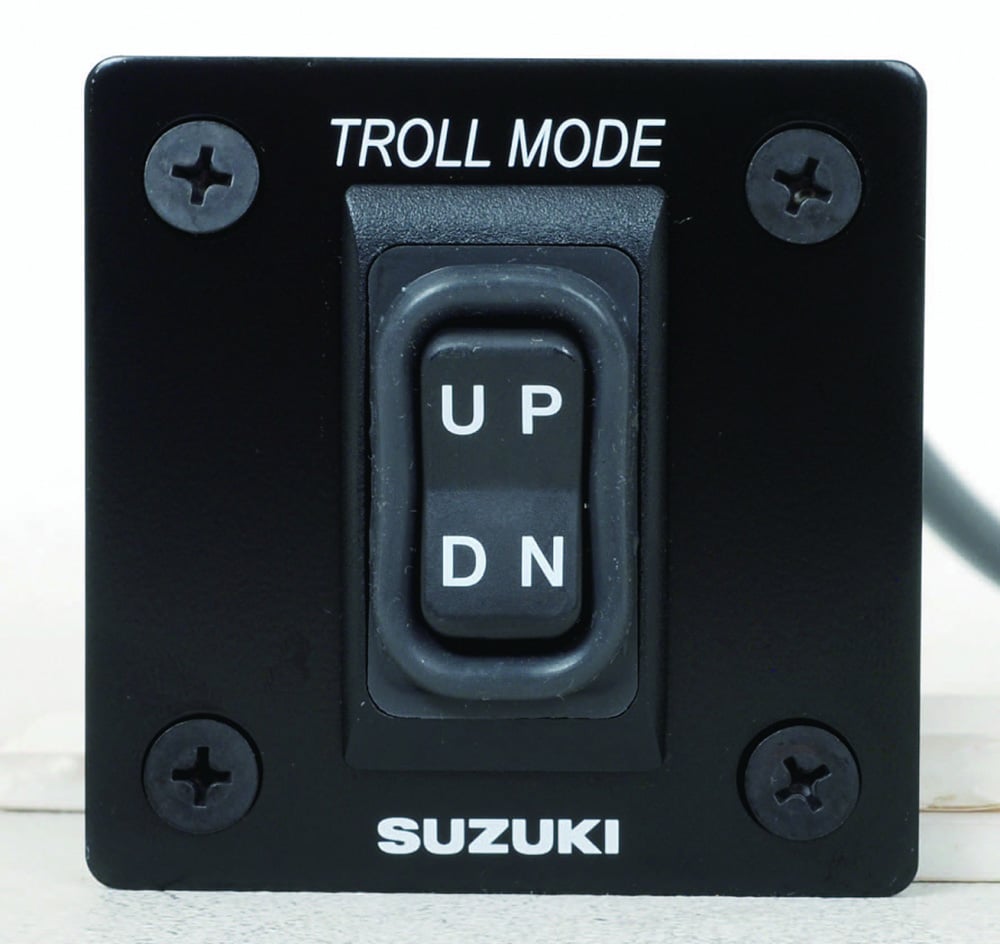
Using a switch rather than the throttle lever, this option lets you more easily fine-tune your boat’s slow-trolling speed. It is particularly helpful when you’re trying to compensate for changing currents or wind direction to achieve the optimal slow‑trolling speed.
Use any of these six tips to slow down and you just might find fast fishing action.
Better Boating Tip: Ground Speed Versus Water Speed
Keep in mind when slow-trolling that speed through the water is often more critical than speed over ground (SOG) — the speed that you read on your GPS.
Here’s an example of how SOG differs from speed through the waters. Let’s say your SOG is 3 mph but you’re trolling into a 2 mph current. This means that water is rushing past your lure at 5 mph. If trolling in the same direction as the current, the lure’s speed through the water would be 1 mph.
This can spell the difference between the success and failure of your presentation. A speed through the water that’s too fast can ruin a lure’s action or cause a live bait to spin; too slow and a lure might not perform well at all.
It’s difficult to accurately measure the speed of the current, but you can help compensate by bringing the lure or bait close enough to eyeball under the surface, then adjust your speed until the presentation is swimming the way you want. Repeat this procedure often, as current tends to change with the tide stage, location, your heading and other factors.

